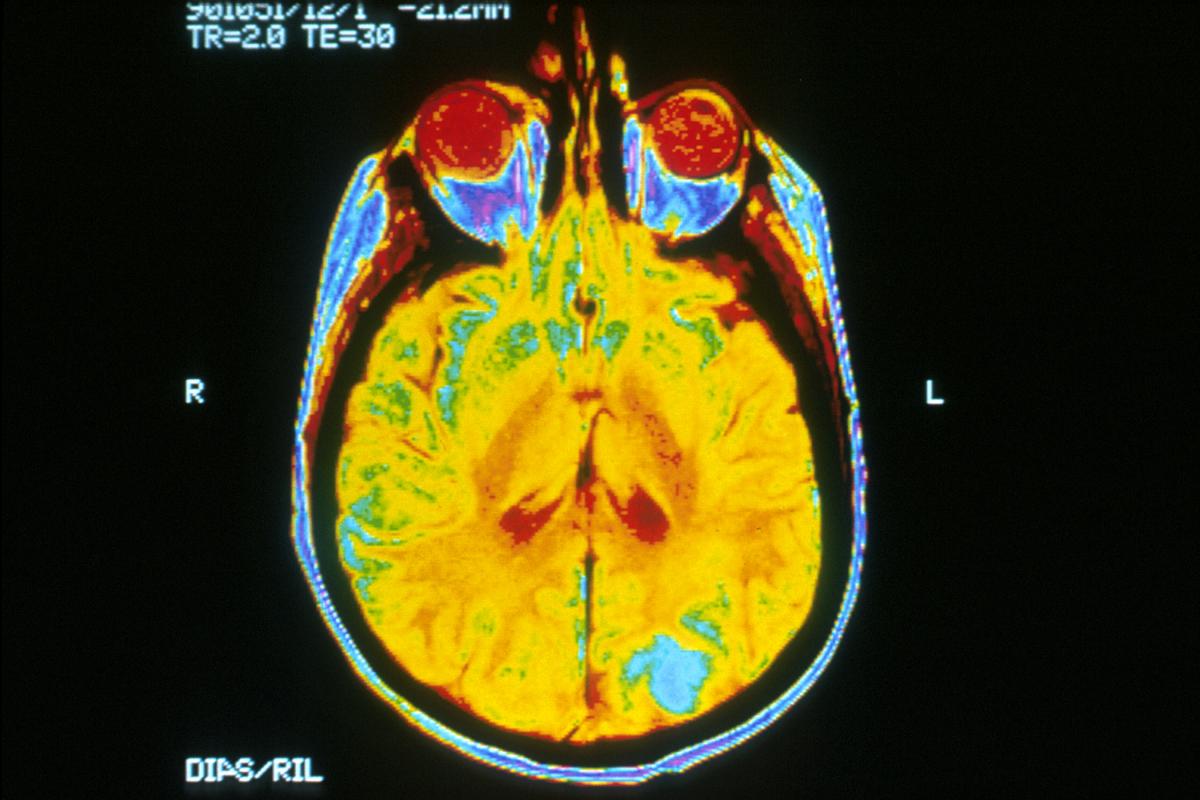D: Today we are going to talk about neuroimaging techniques that neuroscientists use to measure activity in the brain. The first question is: Can scientists really learn anything about the mind that way, like maybe what our political beliefs are?
Y: Yes, Don, they can. But remember that neuroimaging is only an indirect method of measuring brain activity, much less the mind. Neuroimaging actually measures how much blood is flowing to different parts of the brain. This is related to neural activity, because the brain shunts blood to its more active parts.
D: Yaël, that doesn't sound much like peering into the mind to me. How in the world could scientists detect abstract beliefs about politics when they can't even directly measure brain activity?
Y: It's a bit complicated. One team of researchers first questioned volunteers about their political beliefs and ranked them along a scale from liberal to conservative. Then, during a neuroimaging scan, they showed them pictures unrelated to politics but intended to cause a strong emotional response; either pleasant, threatening, disgusting, or neutral. The scientists discovered that the brains of conservatives and those of liberals responded with distinctively different patterns of activity when shown disgusting images. This fits with other evidence that our beliefs and emotions are interelated.
D: It's a surprising and interesting discovery that the brain's response to images unrelated to politics can be used to discern a subject's political beliefs. But doesn't this mean that our political beliefs are just a matter of biology?
Y: No, Don, it doesn't, because our brains are heavily shaped by environment and upbringing. Researchers are just beginning to learn what it all means, but it's a stunning success that they can detect traces of our political beliefs in our brains.










